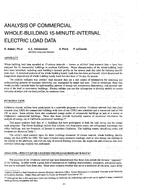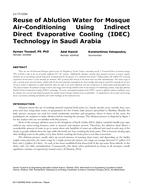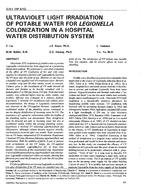Smoke is the major killer in the event of building fire. It reduces visibility and can cause fatalities by asphyxiation. This research presents a numerical study on smoke movement and smoke control for atrium. This research investigates the effect of exhausting smoke by multi point extraction through rooftop exhaust fans on smoke layer height and tenability conditions at human level. The effect of make-up air velocity and configuration of natural make up air inlets through doors and operable windows on smoke movement inside the atrium and the effect on human inside the atrium will be investigated. Also this research investigates the effect of exhaust fans layout on plug-holing phenomenon. Fire Dynamics Simulator (FDS) software version 6.1.2 is utilized to carry out full-scale three dimensional numerical simulation for four study cases in an atrium with triangular shape with area 400 m2 and 25m height using t-squared fire with maximum heat release rate of 5 MW for 600 seconds. Study parameters in this paper are visibility, temperature and carbon monoxide concentration inside the atrium. All parameters are predicted at 1.8 m from the highest floor and at a plan at the center of the atrium. Results show that exhausting the smoke through rooftop exhaust fans maintain the smoke layer at higher level from the ground and has better effect on tenability conditions at human level, increasing make up air velocity adversely affect smoke layer height which reduce visibility at human level. Finally, results show that increasing the distance between atrium floor and make-up air inlets adversely affect smoke layer height and reduce tenability conditions at human level.
Citation: 2018 Winter Conference, Chicago, IL, Conference Papers
Product Details
- Published:
- 2018
- Number of Pages:
- 8
- Units of Measure:
- Dual
- File Size:
- 1 file , 1.6 MB
- Product Code(s):
- D-CH-18-C025


